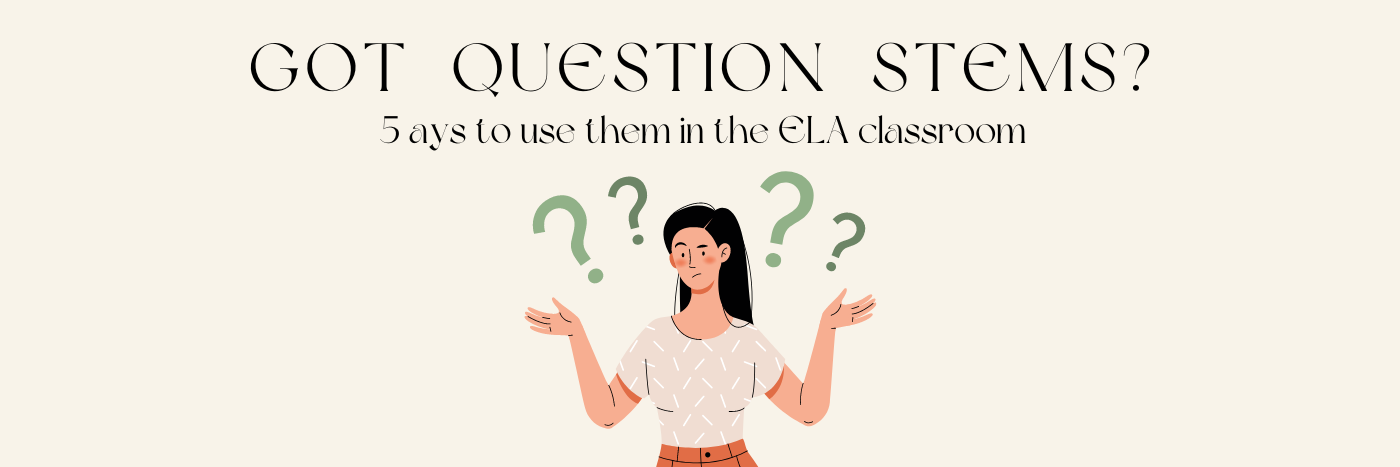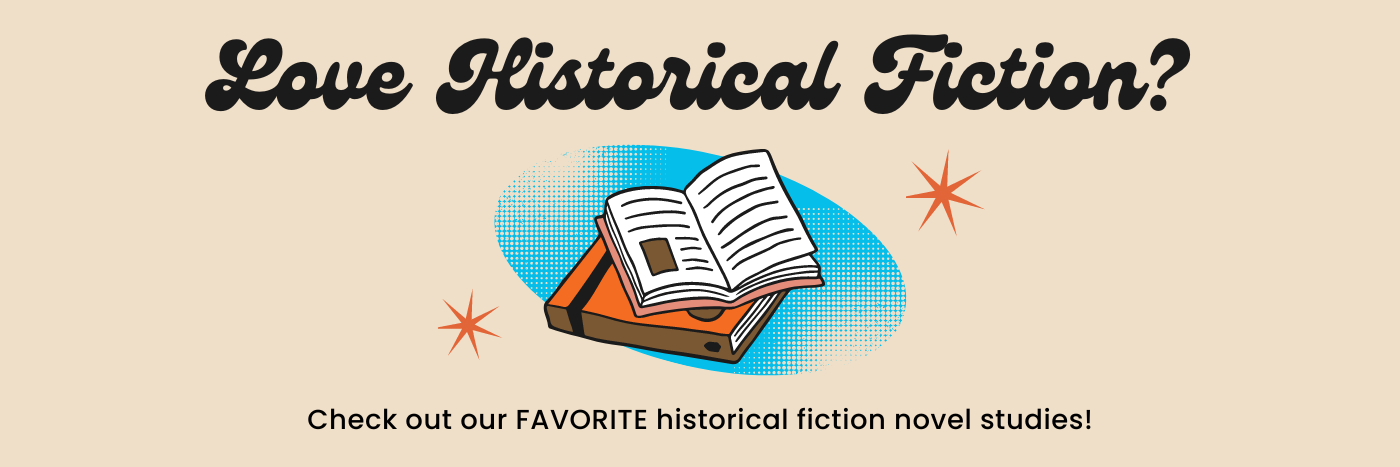
Treasure of the World by Tara Sullivan – Book Review
 |
Title: Treasure of the World Author: Tara Sullivan Publisher: HG.P. Putnam’s Sons Books for Young Readers Release Date: February 23, 2021 |
High up in the Andes Mountains in Bolivia, Ana and her family struggle to survive. They struggle to make enough money to eat, struggle to live with an abusive father, and struggle to hold on to hope for a better future. As a mining family of Cerro Rico, or the Mountain That Eats Men, everyone, no matter their age, must contribute to the household. When Ana’s chronically ill brother Daniel falls sick again due to working in the mine, she bravely takes his place. When Daniel recovers and returns to work, Ana’s fears come to life: a mine collapse kills her father and leaves her brother missing. Ana tries everything to help her family amidst the crisis, thrusting her down a dark path leading to even darker places. It will take incredible strength and resilience for Ana to overcome all the obstacles she faces and chase the darkness away.
Treasure of the World by Tara Sullivan takes readers on a whirlwind journey to Potosí Bolivia. The novel fixes a revelatory focus on the crushing generational poverty of Cerro Rico’s mining community and the historical inequities its people endure. Although a fictional narrative, Sullivan imbues Ana’s story with historical truths and modern relevance. These elements propel the narrative’s emotional arc and will certainly make the reader eager to learn more about the Mountain That Eats Men’s history, both past and present. The author’s extensive research provides a rich backdrop for this tale, but the overall story loses its force due to the limited portrayal of its main character. It is promising Sullivan’s narrative centers the perspective of its indigenous and poverty-stricken main character, Ana, but Sullivan’s undoubtedly limited understanding of that experience can only constrain the presentation of that perspective. The voice is worth hearing, but Sullivan’s fails to fully capture its complexity or convey its humanity. Even so, Treasure of the World is still heart-pounding and heart-breaking. Above all, it brings much needed attention to danger and destitution experienced by Cerro Rico’s youngest and most vulnerable inhabitants.
Treasure of the World offers educators myriad avenues to explore in the classroom. As a window into the lives of young people in another part of the world, the novel can easily find its place among other, similarly-themed narratives in a literature circle. It is also useful as a core text for exploring the history of the region as far back as the Incan Empire. Treasure of the World contains all the elements for classroom exploration but whether they effectively work in concert for students would require more intensive planning and preparation than most other novels to tie all those elements together.
Thank you to Edelweiss+ and publisher, G.P. Putnam’s Sons Books for Young Readers, for an eARC of this book.
Classroom Applications
- Cross-curricular Study – Teach the novel in conjunction with a nonfiction study of the history of the Incan Empire.
- Literature Circles – Use novel for small groups or choice reading with a variety of novels about child labor that take place across the globe.
Nonfiction Connections
The list below outlines topics that will enrich your students’ understanding of the novel.
- Incan Empire
- Spanish Conquistadores
- Potosí, Bolivia
- Child Labor
Book Companions
The following are great books to pair with Treasure of the World. In parenthesis are the specific aspects students could explore when synthesizing across the texts.
- Amal Unbound by Aisha Saeed (Character Connections, Themes, Nonfiction Connections)
- The Bridge Home by Padma Venkatraman (Character Connections, Themes, Nonfiction Connections)
- A Thousand Questions by Saadia Faruqi (Character Connections, Themes)
*LIT Lessons participates in the Amazon Associate Program and earns a fee from qualifying purchases made on the Amazon.com site.
More Blog Posts
It’s time for the annual LIT Lessons Novel Study Giveaway! Year-over-year students grow and change, and those changes are often most pronounced when a new school year begins. It’s a fresh start and a restart. The message of Restart by Gordon Korman captures the spirit of new beginnings, evolving identity, and the universal experience of growing older.
Many ELA question stem resources provide vague sentence starters or surface level prompts to encourage students to engage with a text. Oftentimes, these resources lack true depth and rigor, which means students are not being adequately challenged to critically think about a text.
Middle grades historical fiction novels have come a long way from the books available ‘decades’ ago. In fact, this growing genre is now bursting with fantastic, inspiring, and insightful novels. It comes as no surprise that these books are finding their way into middle school ELA curricula…





